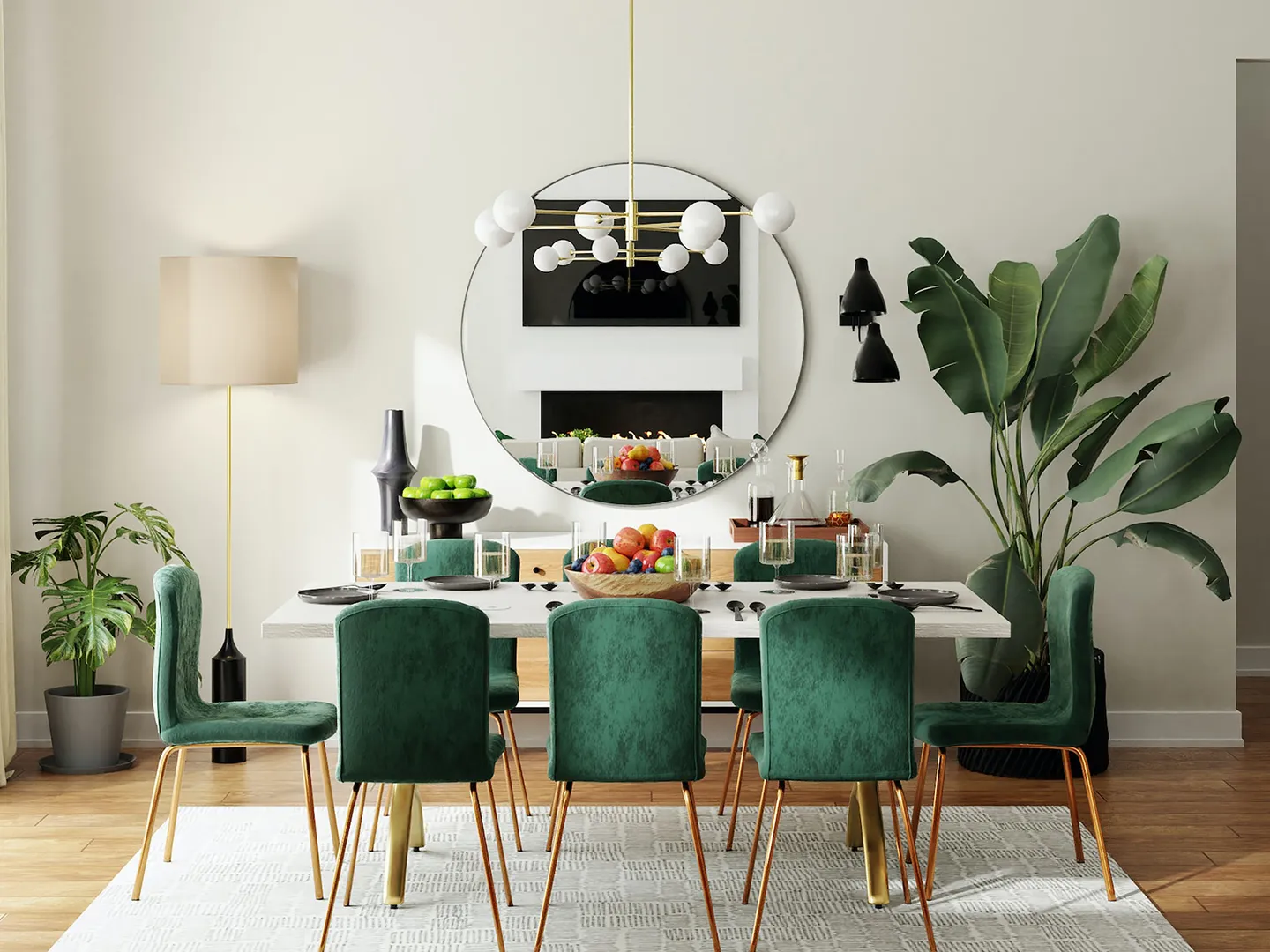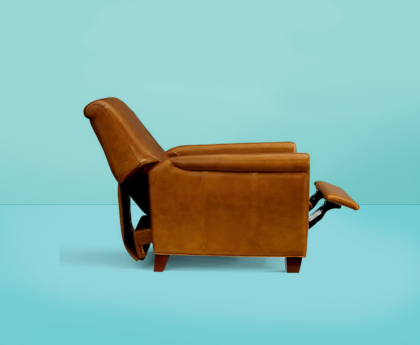The dining room is more than a place for meals; it’s a centre for family gatherings, a stage for hosting friends, and a setting for creating memories. Thus, the importance of dining room sets that are comfortable and aesthetically pleasing must be balanced. Achieving this balance is an art form where functionality meets design, and practicality embraces elegance. This article explores how designers weave comfort and style together to create dining room sets that serve as functional furniture and artistic statements in homes.
Ergonomics: The Foundation of Comfort
At the core of any such set’s design is the principle of ergonomics – the science of designing furniture that complements the human body’s natural posture and movements. Designers focus on creating chairs that support the back, encourage a relaxed sitting posture, and allow for ample leg space. The height of the chairs relative to the table is meticulously calculated to ensure a comfortable dining experience.
Material Matters: Balancing Durability with Aesthetics
The choice of materials is pivotal in the design of these sets. Designers select materials that are durable and easy to maintain. From classic woods that bring warmth and traditional elegance to modern metals and glass that add a sleek, contemporary edge, the materials are chosen to create a harmonious combination of form and function. The tactile experience – how the materials feel to the touch – is also considered, adding another layer of comfort and luxury to the dining experience.
Colour and Texture: Setting the Mood
Colour and texture are potent tools in a designer’s arsenal, used to set the mood and tone of the dining space. A carefully selected palette can transform a dining room from a mere eating area to a vibrant space for entertainment or a serene nook for intimate family dinners. Textures add depth and interest, with glossy finishes offering a modern vibe, while matte or rustic textures exude warmth and homeliness.
Size and Scale: Maximising Space and Comfort
Designers understand that the size and scale of dining room furniture must be in harmony with their space. Oversized furniture in a small room can feel overpowering and uncomfortable, while small pieces in a large room can seem lost and ineffective. The art lies in creating a set that fits perfectly within the room’s dimensions, allowing for easy movement and an uncluttered look.
The Art of Detailing: Where Style Meets Function
The magic of a well-designed piece often lies in the details. Designers infuse style and personality through intricate information such as unique table legs, creative chair-back designs, and decorative inlays. While enhancing the visual appeal, these details are also crafted to serve functional purposes, like chair handles for easy movement or extendable tables for versatility. This fusion of artistic detailing with practical functionality exemplifies how design can elevate the dining experience.
Sustainability in Design: Aesthetic with a Conscience
In contemporary design, there is a growing emphasis on sustainability. Designers are increasingly incorporating eco-friendly materials and practices in their creations. Using recycled wood, bamboo, and other sustainable materials adds a unique aesthetic and demonstrates a commitment to the environment. Integrating sustainable practices into design illustrates how aesthetics and comfort can be achieved without compromising ethical responsibilities.
Conclusion
The creation of dining room sets that are comfortable and aesthetically pleasing is a testament to the artistic genius of designers. It involves a meticulous blend of ergonomics, material selection, colour and texture, size and scale, detailed craftsmanship, and a commitment to sustainability. Each element is crucial in transforming a mere furniture collection into a harmonious ensemble that invites relaxation and enjoyment. In this blend of comfort and style, designers cater to the physical needs of users and create an ambience that enriches the dining experience.









